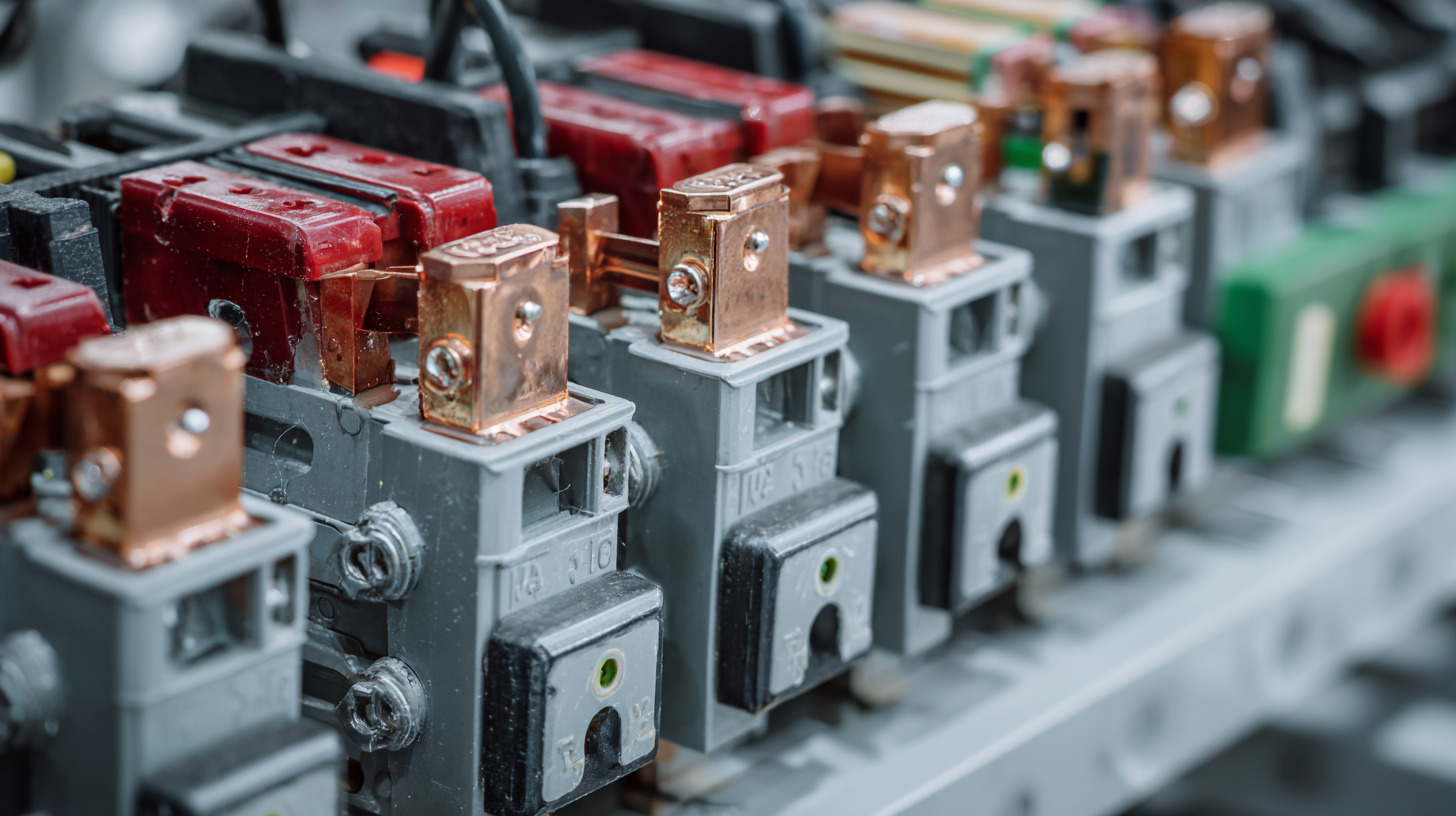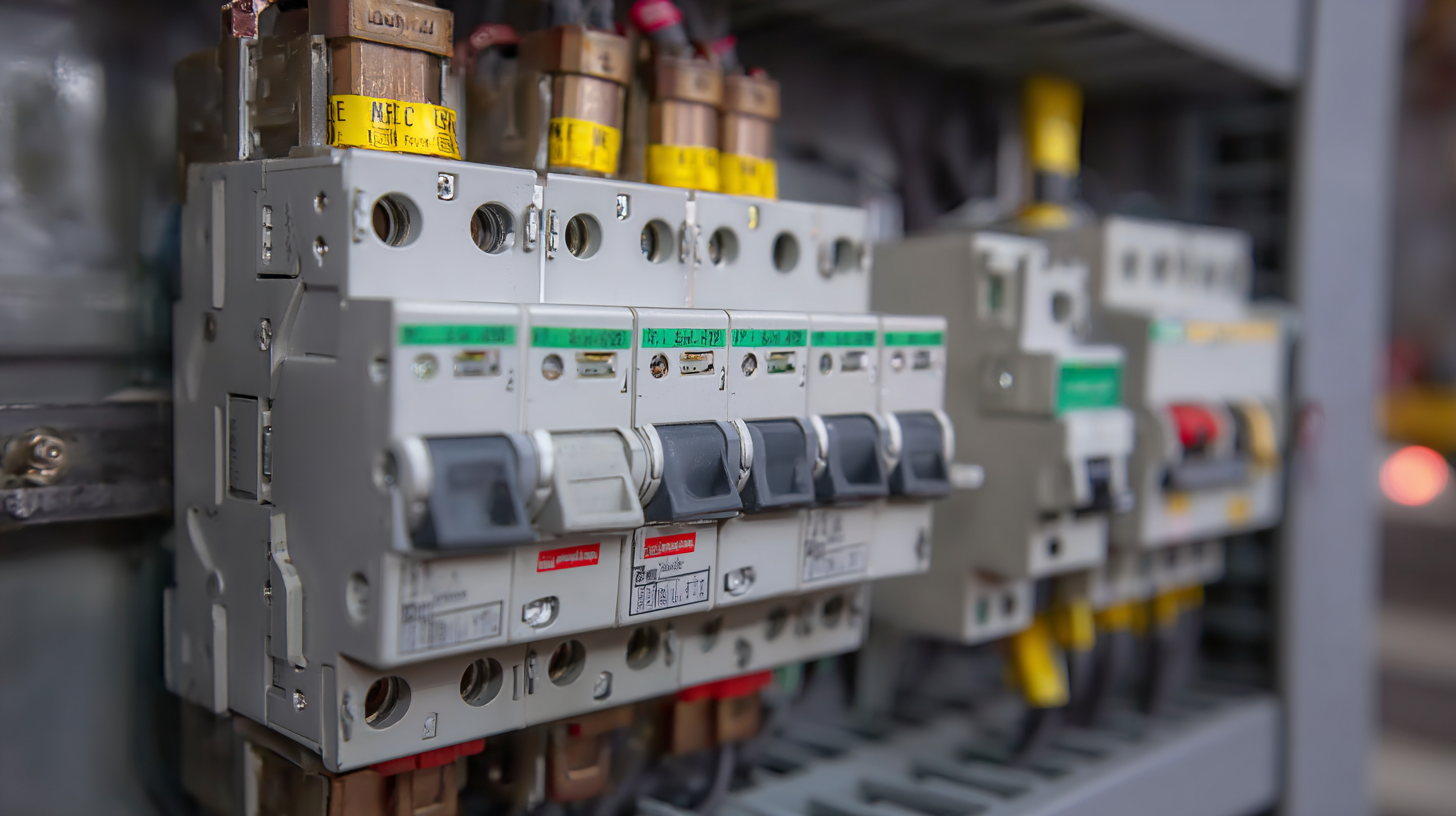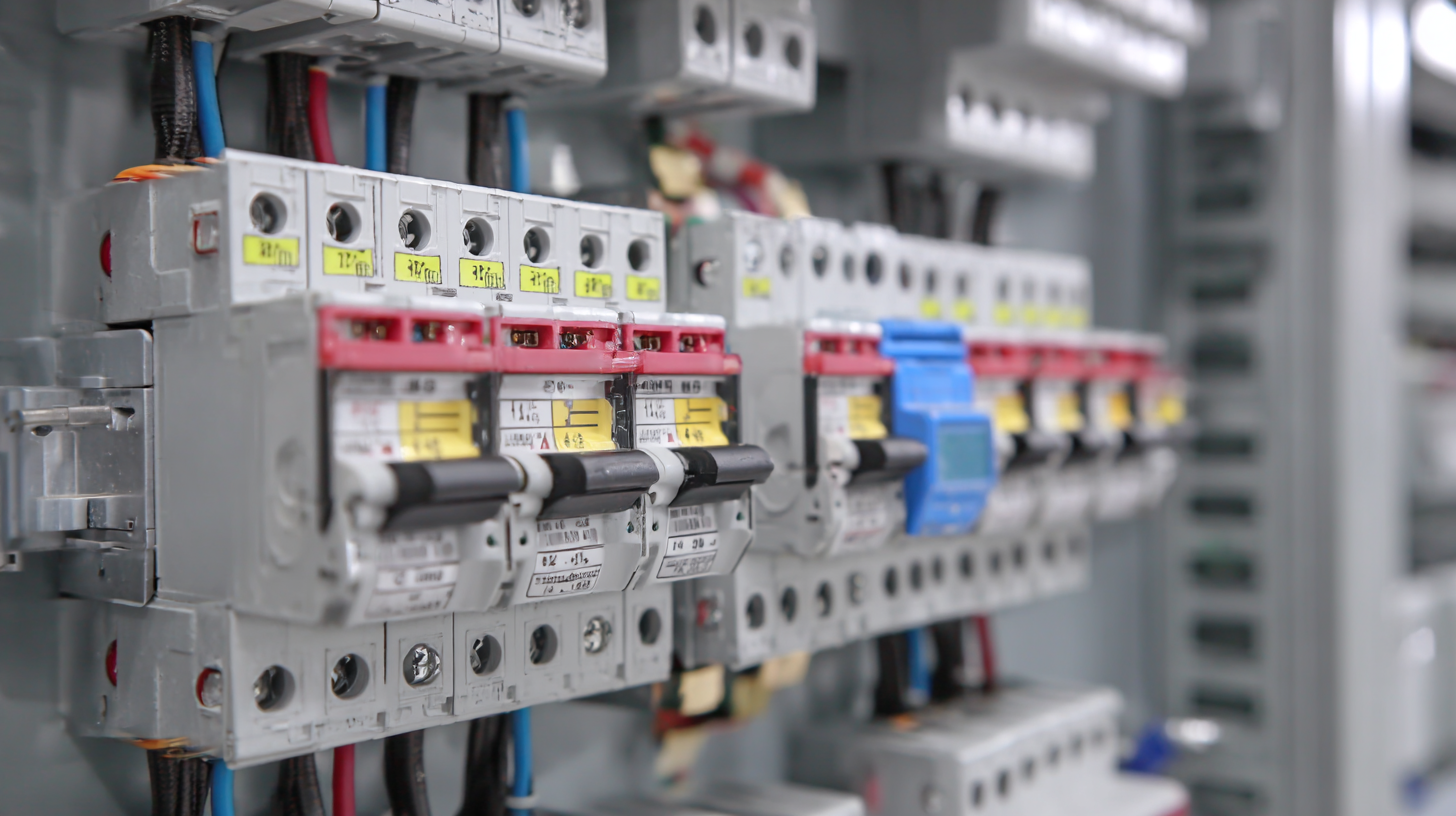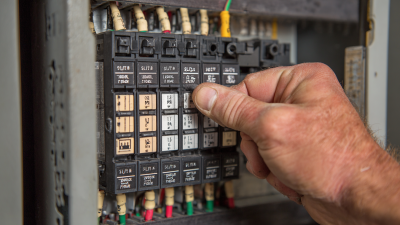Ultimate Guide to Understanding ACB Breakers and Their Importance in Modern Electrical Systems
In the realm of modern electrical systems, the significance of an ACB breaker, or air circuit breaker, cannot be overstated. This pivotal component serves as a safeguard against overloads and short circuits, ensuring that electrical distribution networks operate safely and efficiently. As technological advancements continue to shape our energy landscape, understanding the intricacies of ACB breakers is crucial for engineers, electricians, and anyone involved in the design and maintenance of electrical infrastructure. This ultimate guide will delve into the functionality, advantages, and critical role of ACB breakers in preventing damage to electrical systems, enhancing safety protocols, and supporting renewable energy integration. With the increasing demand for reliable and sustainable power sources, mastering the concept and application of ACB breakers has become essential in safeguarding both equipment and users alike.

Understanding the Basics of ACB Breakers: What You Need to Know
Air Circuit Breakers (ACBs) are crucial components in modern electrical systems, serving to protect circuits from overloads and short circuits while providing a means to isolate portions of an electrical system. Understanding the basics of ACBs involves recognizing their structure, operation, and the significance of their ratings, which are essential for ensuring the safety and reliability of electrical installations. According to industry reports, the global ACB market is projected to grow at a CAGR of 6.2% from 2021 to 2026, highlighting the increasing demand for effective electrical protection solutions.
When selecting an ACB, it's important to consider factors such as current rating, interrupting capacity, and operational environment. As a quick tip, always ensure that the ACB selected is suitable for the specific application and can handle the fault levels most likely to occur in your system. Additionally, regular maintenance checks are critical for the operational efficiency of ACBs. Understanding these elements can lead to better system reliability and performance.
Another key point to remember is that ACBs come with various advanced features, including communication capabilities that allow for real-time monitoring and diagnostics. This means that incorporating smart ACBs can significantly enhance the overall effectiveness of electrical distribution systems. Always be informed of the certifications and standards that pertain to the ACBs you are considering, as compliance indicates the reliability and safety of these devices in diverse applications.

Key Components and Functionality of ACB Breakers in Electrical Systems
 ACB breakers, or air circuit breakers, play a critical role in modern electrical systems by providing robust protection against overloads and short circuits. These devices are crucial in ensuring the safety and reliability of electrical networks, especially in industrial and commercial settings. The functionality of ACB breakers revolves around their ability to interrupt electrical currents under faulty conditions, thereby safeguarding both equipment and personnel.
ACB breakers, or air circuit breakers, play a critical role in modern electrical systems by providing robust protection against overloads and short circuits. These devices are crucial in ensuring the safety and reliability of electrical networks, especially in industrial and commercial settings. The functionality of ACB breakers revolves around their ability to interrupt electrical currents under faulty conditions, thereby safeguarding both equipment and personnel.
One of the key components of ACB breakers is their trip mechanism, which can be thermal, magnetic, or a combination of both. This mechanism ensures that the breaker operates effectively within the required electrical parameters. Additionally, the advancements in green design have led to the development of more efficient breakers that improve resource utilization while maintaining a long operational lifespan.
Tips:
- Regular maintenance and testing of ACB breakers are essential to ensure optimal performance and longevity. Schedule periodic inspections to identify any signs of wear or malfunction.
- Upgrading to modern ACB systems can enhance the reliability of your electrical infrastructure, particularly in high-demand environments where circuit modernization is necessary.
- Understanding local regulations and standards can aid in selecting the right ACB breakers suited for specific applications, thereby enhancing safety and compliance.
The Role of ACB Breakers in Enhancing Electrical Safety and Protection
Air Circuit Breakers (ACB) play a crucial role in enhancing electrical safety and protection within modern electrical systems. These devices are designed to automatically interrupt the flow of electrical current in the event of overloads, short circuits, or ground faults. By providing a reliable means of fault isolation, ACBs help to prevent potential electrical fires and equipment damage, safeguarding both infrastructure and human lives. Their ability to monitor electrical parameters in real-time further contributes to their effectiveness, allowing for timely intervention before catastrophic failures occur.
In addition to their protective functions, ACB breakers also facilitate maintenance and operational efficiency in electrical systems. They can be easily reset after a fault condition has been addressed, minimizing downtime and allowing for quicker restoration of services. Moreover, their incorporation of advanced features such as communication capabilities and digital monitoring systems enhances the overall management of power distribution networks. By integrating ACBs into modern infrastructure, industries can achieve not only enhanced safety but also improved reliability and efficiency in their electrical operations.
ACB Breakers Performance Comparison
This bar chart illustrates the tripping time of various ACB breakers, showcasing their performance in terms of response time during an overload or fault condition. A lower tripping time indicates a quicker response which is essential for electrical safety and protection.
Comparative Analysis: ACB Breakers vs. Other Types of Circuit Breakers
In the realm of electrical systems, understanding the different types of circuit breakers is paramount, especially when comparing ACB (Air Circuit Breakers) with other variants. ACBs are often favored in medium to high voltage applications due to their durability and ability to handle fluctuations. Conversely, solid-state and mechanical circuit breakers serve unique functions; solid-state breakers are known for their rapid response times and compact sizes, while mechanical breakers often excel in cost-effectiveness for low voltage environments.
When analyzing the breaker market, several key factors emerge. The demand for ACBs is growing, primarily driven by their superior functionality in modern electrical networks. In contrast, mechanical circuit breakers continue to hold a significant share, particularly for residential applications. Additionally, the indoor vs. outdoor installation requirements influence the type of breaker chosen, with outdoor applications typically necessitating more rugged, weather-resistant designs.
**Tips:** When selecting circuit breakers, consider the specific application needs and environmental conditions. For installations in damp or exposed areas, opting for ACBs or specialized outdoor breakers can enhance longevity. Always assess voltage ratings and ensure compliance with local regulations to maintain safety and efficiency in your electrical systems.
Ultimate Guide to Understanding ACB Breakers and Their Importance in Modern Electrical Systems
| Feature | ACB Breakers | MCB Breakers | RCCB Breakers | RCBO Breakers |
|---|---|---|---|---|
| Interrupting Capacity | Up to 10,000A | Up to 6,000A | Up to 10,000A | Up to 10,000A |
| Common Applications | Large industrial installations | Residential and light commercial | Protection against earth faults | Combined protection against overloads and earth faults |
| Trip Mechanism | Electromagnetic and thermal | Thermal-magnetic | Electromechanical | Electromechanical |
| Size | Bulky | Compact | Compact | Compact |
| Cost | Higher | Moderate | Moderate | Higher than MCB |
| Maintenance | Regular checks required | Minimal | Regular checks required | Regular checks required |
Best Practices for Selecting and Maintaining ACB Breakers in Modern Installations
When selecting Air Circuit Breakers (ACB), it’s crucial to consider several key factors that ensure
optimal performance and safety in modern electrical systems. First, understanding the specific electrical load
requirements of your installation is essential. The ACB must be rated appropriately to handle maximum current
and potential fault conditions without tripping unnecessarily.
Tips: Always consult the manufacturer’s specifications
and guidelines for load calculations. Additionally, it’s wise to consider the environment where the ACB will be
installed. Factors like temperature, humidity, and dust levels can affect the breaker’s performance.
Maintaining ACB breakers is equally important to prolong their lifespan and enhance reliability. Regular inspection
and testing should be scheduled to detect any potential issues early on. Ensure that connections are clean and tight,
and that the breaker is free from dust accumulation, as this can impact its operation.
Tips: Implement a maintenance log to keep track of inspections
and any repairs performed. This can help identify recurring issues and provide valuable data for future maintenance plans.
Related Posts
-

Ultimate Guide to ACB Breaker Selection and Maintenance for Optimal Performance
-

Understanding the Challenges of Miniature Circuit Breakers in Modern Electrical Systems
-

7 Essential Tips for Choosing the Right Electric Breaker for Your Needs
-

Common Issues with Electric Breakers: A Global Purchasing Insight
-

How to Choose the Right Electric Breaker for Optimal Safety and Efficiency
-

9 Essential Tips for Choosing the Right Home Circuit Breaker








